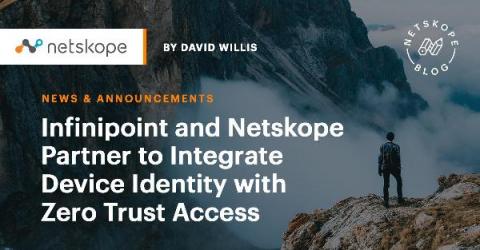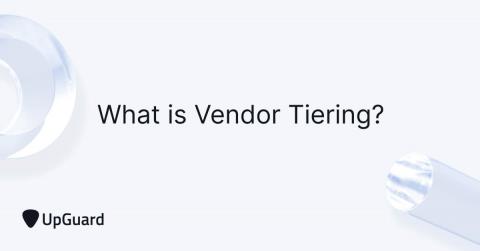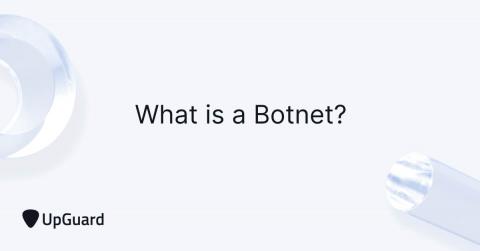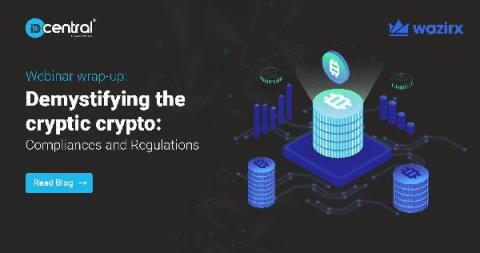Security | Threat Detection | Cyberattacks | DevSecOps | Compliance
Security
Infinipoint and Netskope Partner to Integrate Device Identity with Zero Trust Access
In the past year, IT services have gone through a world of change. There are more remote workers, hybrid work models, cloud services, and mobile devices. It is finally safe to say that the classic perimeter no longer exists. In fact, you might go one step further and say that identity is the new perimeter. The ability for end-users to access any applications from any device from anywhere has put securing identities and their access privileges near the top of any Zero Trust security strategy.
What is Vendor Tiering? Boost Your Vendor Risk Management
Vendor tiering is a method of classifying vendors based on the level of security risk they introduce to an organization. The level of security criticality decreases with each subsequent level. The number of tiering levels depends on personal preference. The basic vendor tiering structure consists of three levels - Tier 1, Tier 2, Tier 3, where Tier 1 represents high-risk vendors. Each vendor could be assigned to a tier manually, or the process could be based on a security questionnaire scoring system.
What is a Botnet? You Might Be Infected Right Now
A botnet is a network of malware-infected devices used to launch coordinated attacks either against a single target, like during a DDoS attack, or multiple targets like during email phishing attacks. All infected machines in a botnet are remotely controlled by a single cyber attacker that could be located anywhere in the world.
About Tripwire - Protecting the Integrity of the Digital World
Interview With Pieter Vaniperen
For the newest instalment in our series of interviews asking leading technology specialists about their achievements in their field, we’ve welcomed Pieter Vaniperen, Managing Partner at PWV Consultants. Pieter is a veteran software architect and security expert who is an industry authority and influencer providing thought leadership and execution to develop widely adopted processes, methodologies, and technologies that are at the forefront of digital innovation and software development.
What are the Four Factors of a HIPAA Breach Risk Assessment?
Modern technology allows the easy collection and distribution of personally identifiable information — and concerns about the unintended distribution of that personal data have led to a wave of data privacy laws around the world. The U.S. Health Insurance Portability and Accountability Act (HIPAA) is one such law, and imposes strict rules on how hospitals, healthcare businesses, and other “covered entities” handle personal health information (PHI).
3 reasons SMBs are more vulnerable to cyberattacks than large enterprises
Details about cyberattacks on small-and-medium-sized businesses (SMBs) may not make it to the headlines, but numerous industry reports and surveys have highlighted the grim reality of the SMB cybersecurity landscape. Even before the COVID-19 pandemic, SMBs were largely targeted by adversaries1.
Corelight Secures $75 Million in Series D Funding Led by Energy Impact Partners with Participation from H.I.G. Growth Partners, CrowdStrike and Capital One Ventures
Webinar Wrap up: Demystifying the cryptic crypto: Compliance and regulations
Cryptocurrency space is maturing, India’s appetite for cryptocurrency is evident, as the country facilitates the highest recipient of remittances globally — more than $83 billion since 2018 every year. With the support of cryptocurrencies, the remittance market is anticipated to soar in India, with cheaper, more efficient methods of sending money.











